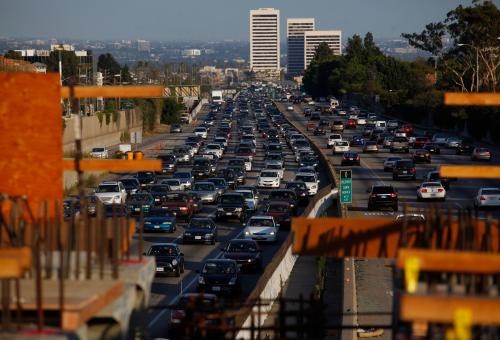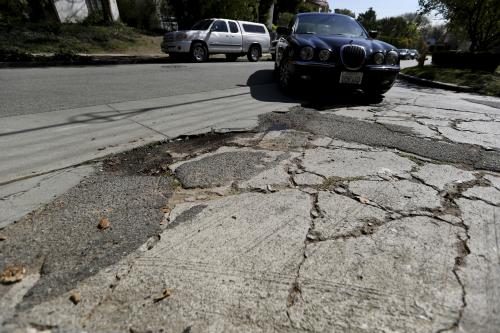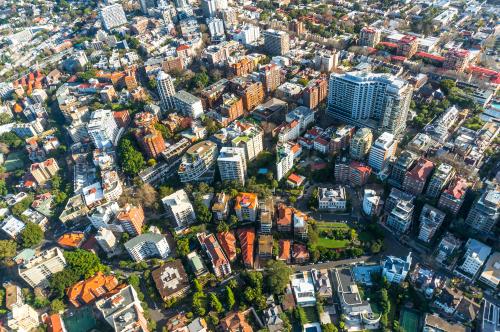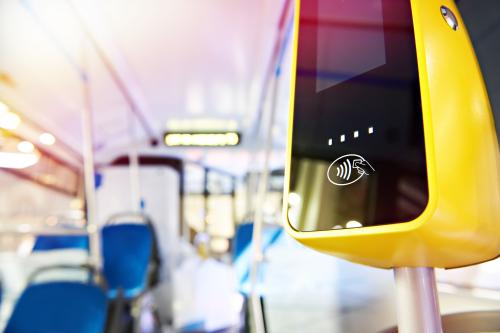This article originally appeared in the August edition of the Journal of Public Economics.
The gas tax is used to charge motorists and truckers for their use of the public roads, to raise highway revenues, and to encourage motorists and truckers to reduce fuel consumption. However, the federal component of the tax has not been raised in decades. Since 1993, the tax has stayed at 18.4 cents per gallon.
What policymakers have done is aimed to reduce pollution by making adjustments to Corporate Average Fuel Economy Standards (CAFE ), which leads to improved fuel efficiency among cars on the road. But though increased CAFE standards have improved auto fuel efficiency, they’ve also led to declines in gas tax revenues per mile and, along with a fixed gasoline tax, led to shortfalls in the Highway Trust Fund—the fund that pays for roadway maintenance and improvements.
The U.S. Congressional Budget Office projects that by 2026 the Highway Trust Fund will have a cumulative shortfall of $75 billion unless additional revenues are raised. Facing a limited set of options, some policymakers have begun to explore the idea of financing highway expenditures by charging drivers and truckers for the amount they drive in the form of a tax on Vehicle Miles Traveled (VMT).
New research from Brookings Senior Fellow Clifford Winston, the University of Arizona’s Ashley Langer, and the University of Houston’s Vikram Maheshri published in the Journal of Public Economics (PDF) finds that implementing a Vehicle Miles Traveled (VMT) tax at a level that would raise $55 billion a year for highway spending could increase social welfare by 20 percent when compared to an increase in the gas tax to meet the same goal when taking into account changes in Corporate Average Fuel Economy (CAFE) standards.
Put another way, assuming fuel economy CAFE standards increase by 40 percent, the annual net benefits, in 2013 dollars, from a gas tax aimed at raising $55 billion per year for highway spending is $8.9 billion. The net benefit of a VMT tax under those conditions is $10.5 billion—or 20 percent more. The figure below breaks down the social benefits that factor into the calculation.
Interest in this approach is growing at the state level. Oregon recruited 5,000 volunteer drivers to launch an exploratory study of the effects of replacing its gasoline tax with a VMT tax. California is conducting a pilot VMT study, and the state of Washington is expected to conduct one, as well. Connecticut, Delaware, New Hampshire, and Pennsylvania have all applied for federal support to test how a VMT tax could work across multiple states.
The researchers recommend that states such as Oregon and California continue experimenting with implementing a VMT tax and urge the federal government to implement a VMT tax.
For more on the data, methodology, and findings, read the full paper at the Journal of Public Economics.






